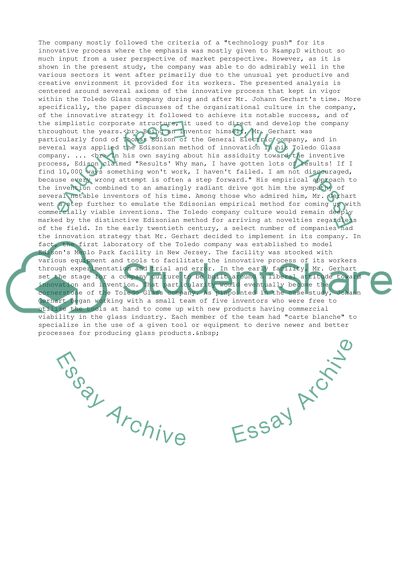Cite this document
(“Innovative Process Case Study Example | Topics and Well Written Essays - 2000 words”, n.d.)
Retrieved from https://studentshare.org/business/1499300-innovative-process
Retrieved from https://studentshare.org/business/1499300-innovative-process
(Innovative Process Case Study Example | Topics and Well Written Essays - 2000 Words)
https://studentshare.org/business/1499300-innovative-process.
https://studentshare.org/business/1499300-innovative-process.
“Innovative Process Case Study Example | Topics and Well Written Essays - 2000 Words”, n.d. https://studentshare.org/business/1499300-innovative-process.


